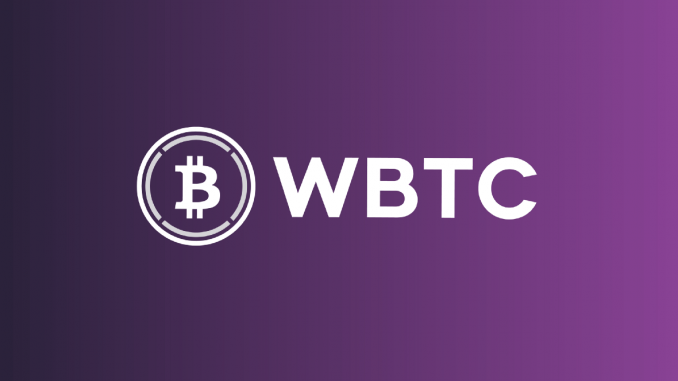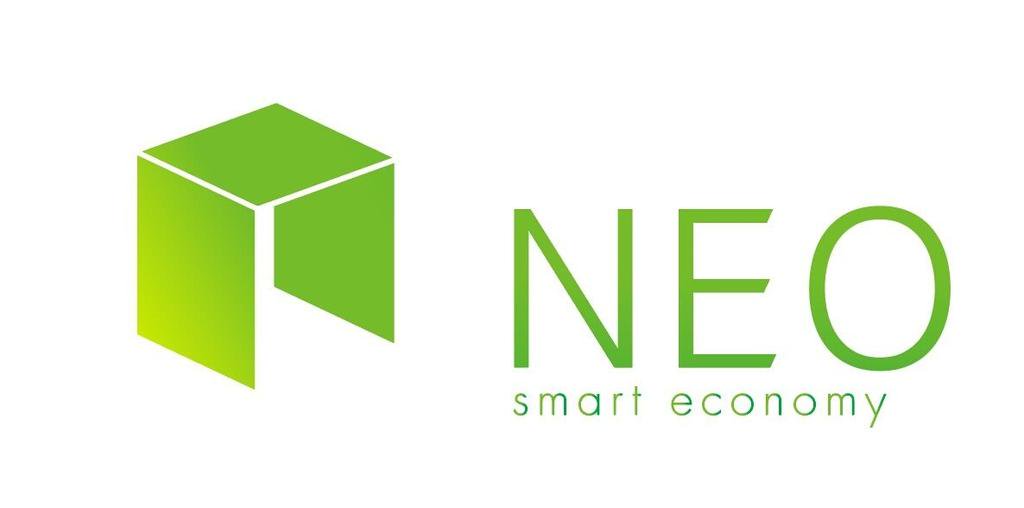Wrapped Bitcoin (WBTC) is one of the most useful ERC-20 tokens in the world. The cryptocurrency has been created in order for DeFi and dApp users to get access and exposure to Bitcoin (BTC) without leaving the Ethereum ecosystem.
In this guide, we will be explaining what Wrapped Bitcoin is, how it works and all the information you should have about it. Furthermore, you will also know how to use it and where you can buy it.
Table of Contents
What is Wrapped Bitcoin (WBTC)?
Wrapped Bitcoin, as we have mentioned before, is a token based on the Ethereum network that allows users to get exposure to Bitcoin within the Ethereum ecosystem. One of the most interesting facts about this virtual currency is related to its price.
The coin was launched to the market in 2019 after the official announcement in 2018. Considering that the DeFi market continued to expand over the last years, the demand for BTC-related products on DeFi networks grew massively.

Wrapped Bitcoin (WBTC) Logo
Each WBTC has the same price as one BTC. This is because the total issuance of WBTC is backed by real BTC. Per each of the WBTC released to the market, there is a real BTC backing it on a 1:1 proportion.
Individuals can easily control the total WBTC supply. By using a “proof of reserve” system it is possible to control whether each WBTC has been minted with the correspondent deposit of a BTC. The network that promoted WBTC included BitGo, Ren and Kyber. Nowadays, it is one of the most useful digital assets in the market.
Risks of Wrapped Bitcoin
Holding WBTC has some risks that we cannot find on BTC. First of all, its price is very volatile. That means that if you hold WBTC, you are subject to the same price swings that BTC experiences. If BTC moves to $50,000, WBTC would follow the price.
Another risk is related to a failure in the smart contract on the Ethereum network. Although the Wrapped Bitcoin smart contract has been tested and checked, it might be affected by bugs and exploited by hackers. This does not happen to Bitcoin, which is running for more than 12 years.
BitGo is the custodian who holds BTC and mints new WBTC tokens. That means that you are depending on the solvency of BitGo. If the custodian is hacked, attacked or it is proved that they do not hold the funds they claim they are holding, the peg between WBTC and Bitcoin could be broken. This could be extremely bad for WBTC holders.
This is why, if you want to hold BTC, the best thing you could do is to simply buy Bitcoin rather than WBTC.
Bitcoin Exposure for the DeFi Market
By using Wrapped Bitcoin partners, it is possible to convert your WBTC into real BTC. As the Decentralized Finance (DeFi) space expanded in recent years, Bitcoin users felt they were not being part of one of the most attractive sectors of the cryptocurrency industry.
The DeFi market allows investors to get exposure to a wide range of useful applications and solutions. Users can borrow and lend funds and earn rewards on them. Moreover, it is also possible to swap tokens and speculate with their price.
It is now possible to buy Wrapped Bitcoin using a wide range of exchanges. For example. Uniswap, Curve Finance and Sushiswap are currently allowing users to buy and sell WBTC. However, other traditional cryptocurrency exchanges such as OKEx or Coinbase Pro are offering users the possibility to get access to WBTC.
One thing to take into consideration is the fact that users that want to get exposure to Bitcoin should use BTC rather than WBTC. Nonetheless, if investors want to participate in the DeFi market and still get exposure to BTC, then WBTC would be the right digital asset to hold.
Wrapped Bitcoin follows the price of Bitcoin very closely. That means that you can expect to get 1 BTC per each WBTC. The market valuation of this cryptocurrency is also going to change over time. There are two factors to take into consideration, the tokens issued (and backed by BTC) and the price of BTC that is mirrored by WBTC.
What is Decentralized Finance?
The Decentralized Finance market has been expanding over the last years. This is one of the latest and most potentially revolutionizing trends in the cryptocurrency industry. It provides users with financial solutions that would not be available otherwise. The main difference between traditional finance and DeFi is related to the fact that this market is totally decentralized.
Users can enjoy a wide range of solutions without depending and relying on centralized authorities. Blockchain technology and digital assets are making this possible. Furthermore, Wrapped Bitcoin becomes an important part of the market. With it, Bitcoin enthusiasts and investors can get exposure to DeFi.
At the moment, DeFi platforms are offering users with the possibility to enjoy solutions and services. Individuals can borrow and lend funds, share liquidity and get rewarded for participating in blockchain networks. According to data provided by DeFi Pulse, there are more than $16.5 billion in funds locked in DeFi projects.

DeFi Funds Locked
Where to Buy Wrapped Bitcoin?
If you are wondering where to buy Wrapped Bitcoin (WBTC), then you came to the right place. There are several exchanges that are allowing users to buy Wrapped Bitcoin.
You can buy Wrapped Bitcoin using a wide range of centralized and decentralized platforms. Remember that Decentralized Exchanges (DEX) are working without a centralized authority. One of the best platforms to buy Wrapped Bitcoin is Binance. The Binance exchange is one of the largest exchanges in the world. 
The positive thing about Binance is related to its volume. This is one of the platforms with the largest volumes in the cryptocurrency industry. Uniswap, Balancer and Curve Finance are also some of the exchanges that are allowing users to buy and sell WBTC.
Take into consideration that holding Wrapped Bitcoin is not the same as holding Bitcoin. If you want to hold BTC you should do it right away. Bitcoin is decentralized and unique. WBTC represents BTC on the Ethereum network and there are some risks related to it.
Furthermore, there is an option to do so without having to rely on excahnges. If you want to exchange BTC for WBTC, you would have to send the funds to a Merchant. This merchant will be in charge of initiating a WBTC mint request. Furthermore, the BTC will then be sent to BitGo, which works as the custodian. In this way, the WBTC will be created. The user that exchanged the BTC will then receive newly minted WBTC.
The same will happen if the person or company wants to get the BTC back. They just need to send the WBT to the Custodian via the merchant. In this way, the custodian will burn the WBTC and free the BTC that will reach the user.





